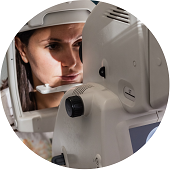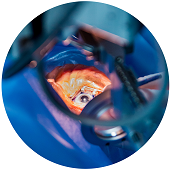Cataract
Cataract Surgery
with Premium IOLs
Cataract surgery is a routine procedure to remove the clouded natural lens of your eye and replace it with an artificial lens (intraocular lens, IOL). Standard IOLs typically correct distance vision only, requiring patients to rely on glasses or contacts for near vision tasks like reading. Premium IOLs, however, offer the possibility of spectacle independence by correcting vision at multiple distances.
Steps & Precautions
Cataract surgery with premium intraocular lenses (IOLs) involves several steps and precautions before, during, and after the procedure to ensure optimal outcomes. Here's an overview
Cataract Prices
the package including the consultant visit, screening, investigations, treatment/surgery, post-op follow-up



